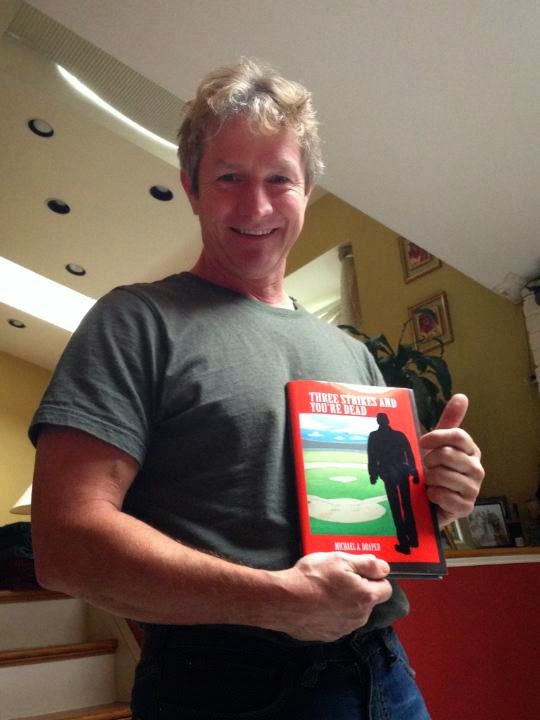
Dove Linkhorn is an uneducated son of a preacher in the Texas, Mexican border.
When he was sixteen years old, he asked a Mexican waitress to teach him to read the Sunday funnies. He did mechanical things and odd jobs for truckers who stopped at the restaurant where the woman worked. Dove was so green that after one long job for a trucker, the trucker asked his price and Dove gave such a low figure that the Mexican woman stepped in and said that she was the one who sets the price and the trucker had to pay a reasonable figure.
The novel describes the hard life of the working people in the Texas and New Orleans area during the depression.
Dove travels from one encounter to another as he tries to make a life for himself. He steals rides on railroads, attempts to be recruited by the Marines, gets a non union job on the docks and more.
We follow his attempts as prohibition begins and Dove finds what he has to do to earn a living in a tough time, surrounded by poor working class people and those who make their money from other's misfortunes.
We never learn much of what Dove is thinking so there isn't the sentimentality of Steinbeck's characters in "The Grapes of Wrath." However, Nelson Algren gives the reader a photo of a piece of life at a difficult time.

















